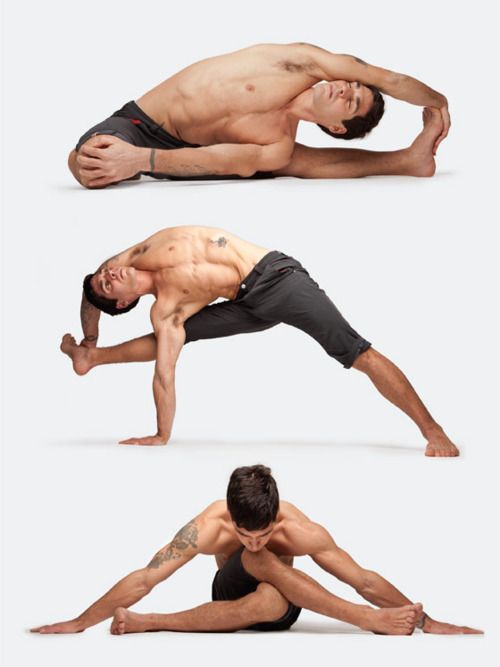Share This Article
Flexibility and stretching exercises are often overlooked in fitness routines, but they are crucial for overall fitness and well-being. Incorporating stretching into your regular exercise regimen can improve flexibility, enhance athletic performance, prevent injuries, and promote relaxation. In this post, we will explore the importance of flexibility and provide tips on how to incorporate stretching exercises into your fitness routine effectively.
1. Benefits of Flexibility:
Flexibility plays a vital role in maintaining joint health, preventing muscle imbalances, and improving overall mobility. By incorporating stretching exercises into your fitness routine, you can experience a range of benefits, including increased range of motion, improved posture, enhanced athletic performance, reduced muscle soreness, and decreased risk of injuries.
2. Dynamic vs. Static Stretching:
There are two main types of stretching: dynamic and static. Dynamic stretching involves moving the muscles and joints through a full range of motion, usually as part of a warm-up before a workout. It helps to increase blood flow, improve flexibility, and prepare the body for more intense exercise. Static stretching, on the other hand, involves holding a stretch for a certain period, typically after a workout or during a cool-down. It helps to relax the muscles, improve flexibility, and promote recovery.
3. Incorporating Stretching into Your Fitness Routine:
- Warm-up: Begin your workouts with a dynamic stretching routine to prepare your muscles and joints for the upcoming physical activity. Perform exercises like arm circles, leg swings, high knees, and walking lunges to warm up the body and increase mobility.
Editor’s Choice
- Post-workout Cool-down: After your workout, engage in static stretching to help your muscles relax and recover. Focus on stretching major muscle groups such as hamstrings, quadriceps, calves, chest, shoulders, and back. Hold each stretch for about 15-30 seconds, breathing deeply and avoiding any bouncing or jerking movements.
- Standalone Stretching Sessions: Dedicate specific times during the week to focus solely on stretching and flexibility exercises. This can involve activities like yoga, Pilates, or dedicated stretching routines. These sessions can help improve overall flexibility and promote relaxation.
- Stretching Breaks: Incorporate short stretching breaks throughout your day, especially if you have a sedentary job or spend long hours sitting. Take a few minutes to stretch your neck, shoulders, wrists, hips, and legs to counteract the effects of prolonged sitting and improve circulation.
4. Listen to Your Body:
When performing stretching exercises, it’s essential to listen to your body and avoid pushing yourself beyond your limits. Stretch to a comfortable point of tension, but never to the point of pain. Breathe deeply and relax into each stretch, allowing the muscles to release gradually. If you have any existing injuries or medical conditions, consult with a healthcare professional or a certified trainer to determine the most suitable stretching routine for you.
5. Make Stretching a Habit:
Consistency is key when it comes to flexibility and stretching. Make it a habit to incorporate stretching exercises into your daily routine. Whether it’s a few minutes before or after your workout, during designated stretching sessions, or during breaks throughout the day, commit to making stretching a regular part of your fitness regimen.
Flexibility and stretching exercises are essential components of a well-rounded fitness routine. By incorporating dynamic warm-up exercises, post-workout static stretches, standalone stretching sessions, and stretching breaks, you can improve your overall flexibility, enhance athletic performance, reduce the risk of injuries, and promote relaxation. Remember to listen to your body, avoid overstretching, and make stretching a consistent habit. Embrace the benefits of flexibility and enjoy the positive impact it has on your fitness journey.



